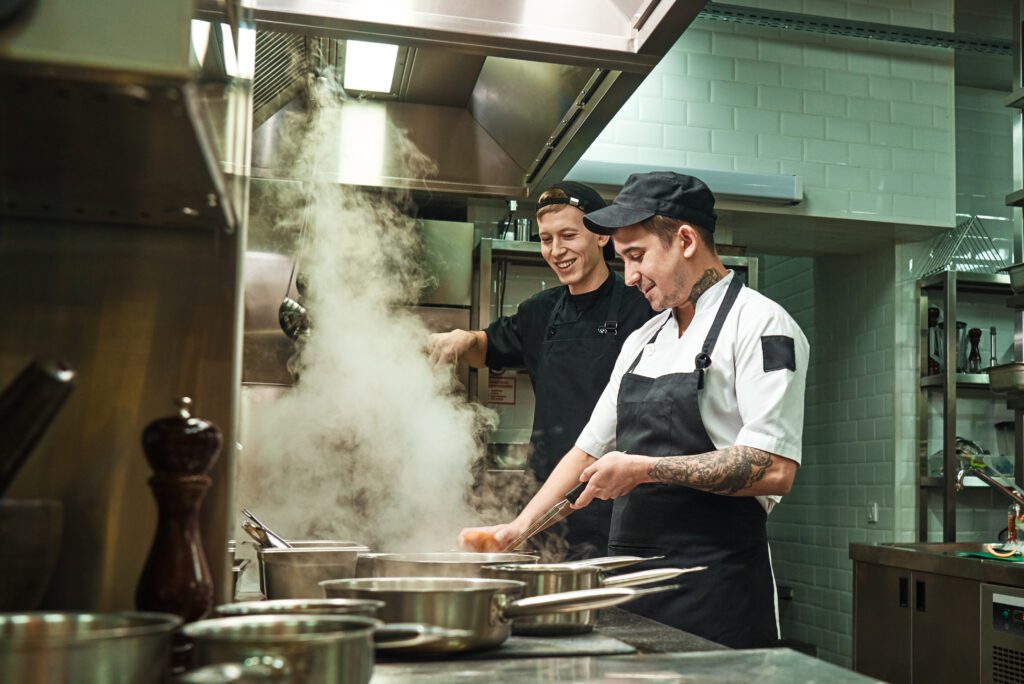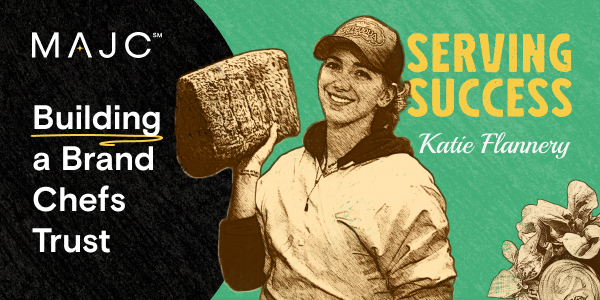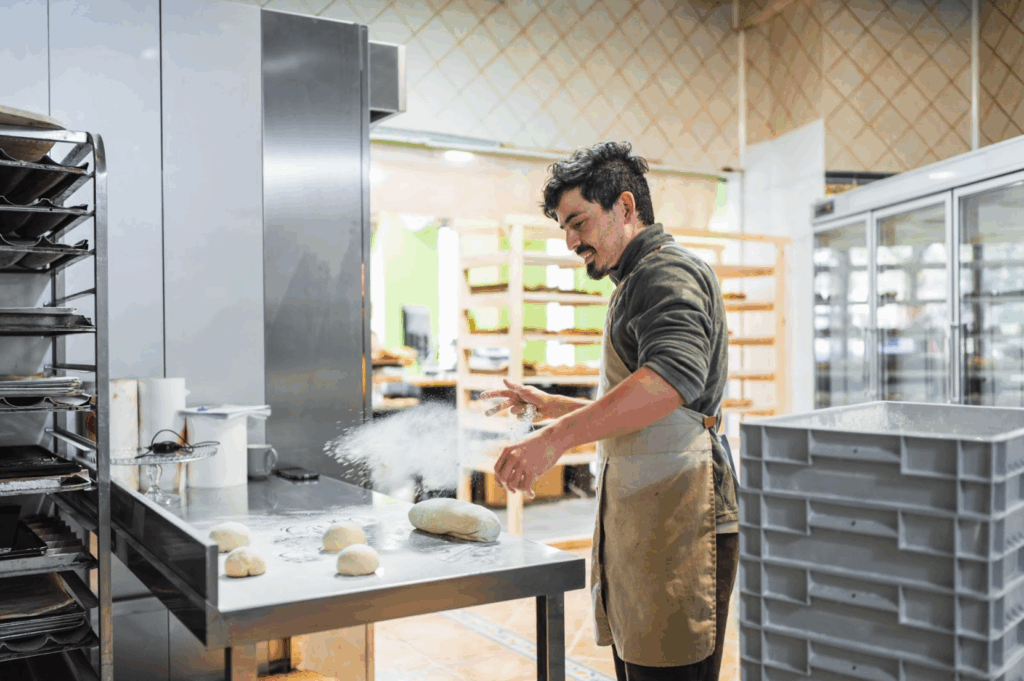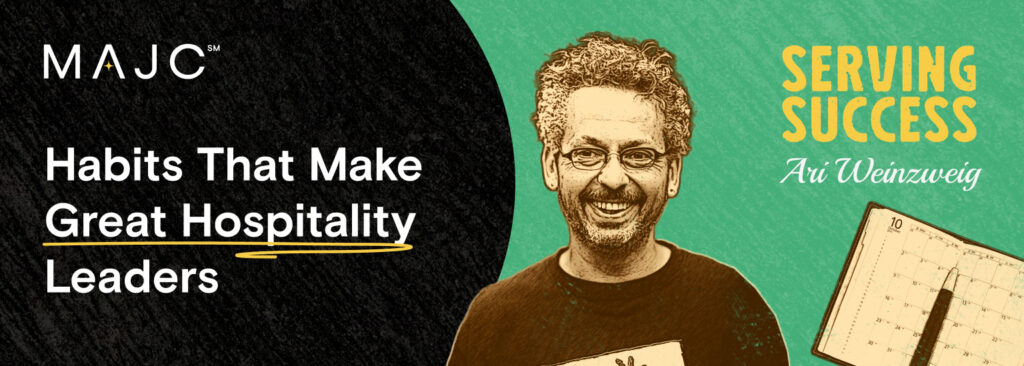The Ultimate Checklist for Running a Profitable Restaurant in 2025

We spoke with more than 40 chefs, operators, and hospitality leaders to build the ultimate checklist of what actually works.
There’s no one-size-fits-all playbook for running a profitable restaurant, but the best operators tend to focus on the same fundamentals—systems, strategy, and sharp decision-making. At MAJC, we’ve interviewed more than 40 industry leaders to understand what actually works. This is real-world advice, pulled from chefs, operators, and builders who are doing the work every day.
From your P&L to your people systems, here’s your 2025 checklist for staying focused, staying profitable, and building a restaurant that lasts.
The Checklist
1. Track Your Financials Weekly, Not Monthly
You can’t fix what you don’t see. Waiting until the end of the month to look at your P&L is too late. Lauren Fernandez of Full Course calls it “playing P&L detective”—finding the signal in the numbers and taking action before problems pile up. Successful operators like Kevin Boehm review key metrics weekly: prime costs, labor percentage, and contribution margin.
Chef Kevin Gillespie echoed this idea in his interview: “If your team doesn’t understand what success looks like numerically, they can’t help you get there.” Don’t leave profitability to a monthly surprise.
2. Build Menus Around Contribution Margin, Not Ego
High-margin dishes—not high-concept ones—should anchor your menu. That means pricing for profit, testing your portion costs, and cutting what doesn’t perform. Chefs Sarah Grueneberg and Maria Mazon both engineer menus that are creative and financially smart. Chef Chris Shepherd puts it plainly: “I don’t need to impress anyone with a menu item that loses money. I’d rather put something humble on the plate that helps us survive the year.” Know your stars, dogs, and puzzles—and act accordingly.
3. Systematize Training to Reduce Turnover
Inconsistent training leads to inconsistent performance and turnover. Chef Eli Sussman and Culinary Director and author Belle English both emphasize creating structure that supports creativity. English talked about documenting everything in her test kitchen—from prep lists to training materials—so the team can move fast without losing consistency.
“We spend so much time up front making sure systems are in place that help us move fast without reinventing the wheel,” she shared.
Skip the giant binder. Use clear, visual tools that speak to a modern workforce—and keep updating them.
4. Treat Labor as an Investment, Not Just an Expense
Retention is cheaper than constant rehiring. Operators and chefs like Kenny Gilbert and Yia Vang stress building team loyalty through growth, clarity, and culture. Use performance reviews, clear job paths, and schedules that respect people’s time. Good people don’t burn out because they’re busy; they burn out because there’s no path.
As chef Juan Gonzalez put it, “If you want people to stay, they have to see the future clearly. Not just the next shift—what’s the next level?”
Good people don’t burn out because they’re busy; they burn out because there’s no path.
5. Fix Your Back-of-House Inefficiencies First
Scaling won’t solve inefficiencies, but rather it amplifies them. Audit your prep, inventory, and BOH flows. Are cooks waiting on each other? Are you over-prepping or wasting product?
Or as MAJC co-founder and chef Matt Jennings reminds us, “More covers aren’t the answer if your back-of-house is bleeding margin.”
6. Adopt Tech That Supports Your Team
The right tools should save time, not add confusion. Start with integrated scheduling, inventory, and P&L tools. Small shifts like better POS tracking or online ordering can drive major wins. Let tech support the team, not replace it.
Or as Eli Sussman put it, “It’s not about having the newest tools. It’s about whether they actually help your team move more efficiently.”
7. Choose the Right Legal Structure Early
Whether you’re an LLC or S-Corp, your legal setup affects taxes, liability, and how you bring on partners. Attorney Michael Zalay breaks it down in our Serving Success episode: choose a structure that protects your ownership and fits your growth plans.
8. Don’t Expand Until You’re Truly Ready
Opening a second location won’t fix a shaky model—it’ll break it faster. As Lauren Fernandez puts it: “If your first unit isn’t profitable, you’re not ready to grow.” Before expanding, prove that your concept is profitable, your systems are repeatable, and your team can run the business without you in the room. Scaling should confirm what’s working—not cover what’s not.
9. Make Brand Integrity Scalable
Franchising or not, your brand should be clear enough to replicate.
Chef Sean Sherman says, “When your mission and your culture are clear, it shows up in every bite, every interaction.”
Define your tone, story, and standards so that everyone from franchisees to first-time GMs can deliver a consistent guest experience. A brand book isn’t enough. What matters is how well people can live the values, not just recite them.
10. Design a Strong Grand Opening Playbook
A quiet launch can doom even a great concept. Lauren Fernandez recommends building buzz 90 days before opening: social media, giveaways, neighborhood outreach, and paid ads. Your first week sets the tone—make sure it’s packed, polished, and memorable.
You don’t have to implement every item on this list overnight—but you do need a plan. Profitability isn’t about chasing trends or squeezing labor. It’s about creating systems that support sustainable, long-term success—for you, your team, and your guests.
Join the MAJC community to connect with restaurant leaders who are fixing the same problems, sharing their systems, and helping each other build better teams.
At MAJC, AI helps us organize thoughts and speed up workflows—but every article is shaped, refined, and approved by real people who live and breathe this industry. We think honesty (like hospitality) works best when it’s real.


